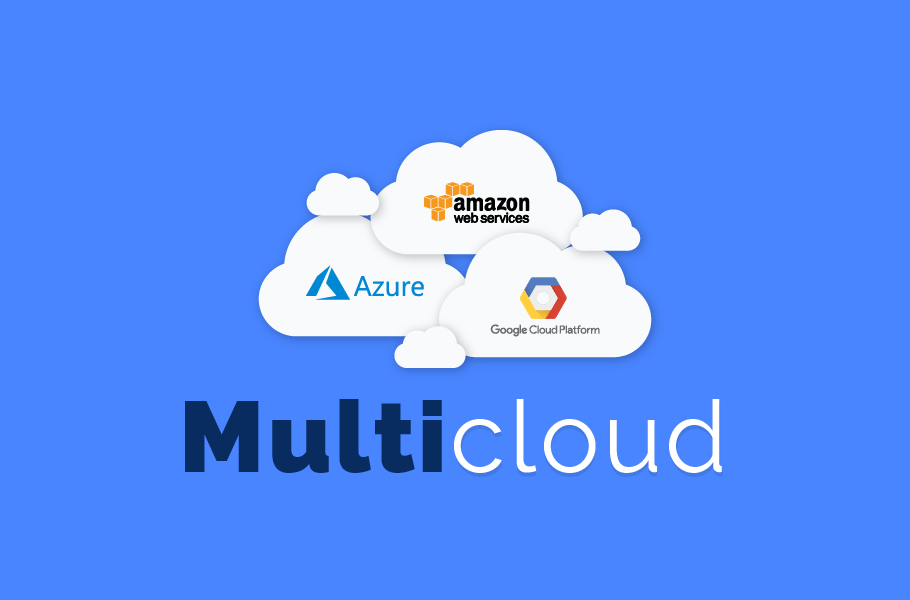
Amazon Web Services (AWS) is the dominant player in the cloud computing market, with a significant lead over its competitors, Google Cloud Platform (GCP) and Microsoft Azure. In this blog post, we’ll explore why AWS has been able to establish such a dominant position in the cloud market, and how it has managed to maintain its lead over its competitors.
- First Mover Advantage: AWS was the first company to enter the cloud computing market, launching its first cloud computing service in 2006. This early start gave AWS a head start over its competitors and allowed it to build a large and loyal customer base, which has continued to grow over the years.
- Wide Range of Services: AWS offers a wide range of cloud computing services, including compute, storage, databases, and analytics. This breadth of services makes it easier for customers to find the right solutions for their needs and helps to reduce the time and effort required to set up and manage complex cloud computing environments.
- Robust Infrastructure: AWS has invested heavily in its infrastructure, building a global network of data centres that are highly secure and reliable. This investment has allowed AWS to offer its customers low latency and high performance, even in the face of large-scale demand spikes.
- Strong Partner Ecosystem: AWS has a strong partner ecosystem, with thousands of partners offering a range of solutions, from software to hardware and professional services. This ecosystem helps customers easily find the solutions they need, and makes it easier to integrate AWS services into existing IT environments.
- Pricing: AWS has been aggressive in its pricing strategy, offering competitive prices on its cloud computing services. This pricing strategy has helped AWS to attract price-sensitive customers and has made it easier for smaller organizations to adopt cloud computing.
- Market Leadership: AWS has been the market leader in the cloud computing market for several years, and its lead continues to grow. This leadership position gives AWS a significant advantage over its competitors, as customers are more likely to choose the market leader when making technology decisions.
- Innovation: AWS has a strong track record of innovation, constantly releasing new services and features that help customers leverage cloud computing more effectively. This innovation has helped AWS to maintain its market lead and has allowed it to stay ahead of its competitors.

In comparison to AWS, both GCP and Azure have been struggling to catch up. GCP has been criticized for its limited range of services, while Azure has been criticized for its high prices and limited market presence outside of the US.
In conclusion, AWS has been able to establish and maintain its dominant position in the cloud market through a combination of early entry, a wide range of services, robust infrastructure, a strong partner ecosystem, competitive pricing, market leadership, and continuous innovation. As the cloud computing market continues to grow and evolve, it will be interesting to see if AWS can maintain its lead, or if one of its competitors will be able to close the gap.
